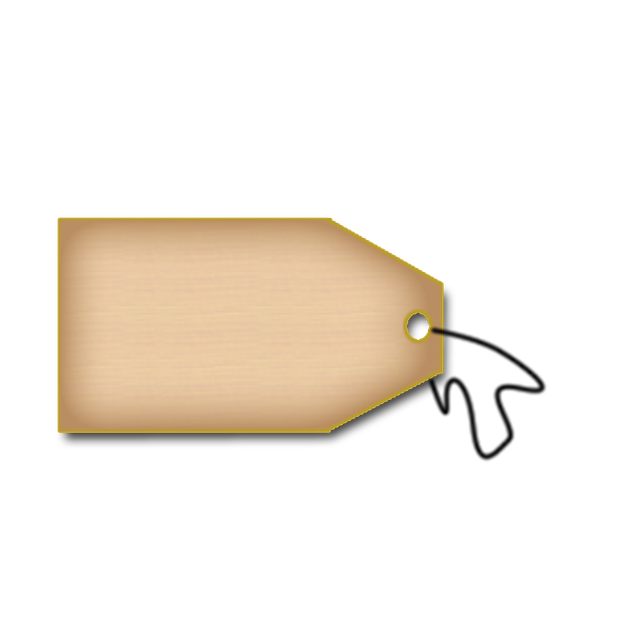Skin tags, or acrochordons, are benign growths commonly found in areas of friction or pressure, with genetic predisposition, trauma, hormonal fluctuations, and obesity contributing to their development. In Sheffield, personalized skin tag removal plans utilizing local anaesthesia, specialised tools, and aftercare instructions ensure effective and safe treatment. Most patients experience mild discomfort and can resume normal activities within days, with clinics prioritizing patient concerns for a smooth recovery.
Looking for effective Sheffield skin tag removal solutions? Skin tags, those small, soft growths on the skin, are common but many seek their removal for aesthetic or comfort reasons. This article guides you through understanding skin tags—their causes and types—and delves into the surgical removal process in Sheffield. From safety measures to recovery time, we provide insights to help you make informed decisions about this procedure.
- Understanding Skin Tags: Causes and Types
- The Surgical Removal Process: Safety, Techniques, and Recovery
Understanding Skin Tags: Causes and Types
Skin tags, also known as acrochordons, are small, soft skin growths that typically appear on the neck, armpits, or groin area. They are usually harmless and often go unnoticed, but some individuals may find them unsightly or uncomfortable. Understanding their causes is essential when considering removal options, such as those offered by Sheffield Skin Tag Removal experts.
There are several types of skin tags, with the most common being acral and dermal. Acral skin tags occur on areas with high friction or pressure, like the neck or armpits, and often resemble small pieces of hanging skin. Dermal skin tags, on the other hand, grow from deeper within the skin and can vary in size, sometimes resembling warts. Various factors contribute to their development, including genetics, skin trauma, hormonal changes, and obesity, making personalized treatment approaches crucial for effective Sheffield Skin Tag Removal.
The Surgical Removal Process: Safety, Techniques, and Recovery
The surgical removal of skin tags in Sheffield is a straightforward procedure, but it requires precision and expertise to ensure safety and effective results. The process typically involves local anaesthesia to numb the affected area, which helps patients experience minimal discomfort during the operation. A skilled surgeon then uses specialised tools to carefully cut out or burn off the tag, depending on its size and type. Smaller tags might be snipped off with scissors, while larger ones may require a scalpel for a clean removal.
After the skin tag is excised, the wound is cleaned and closed with stitches or adhesive strips. Patients are usually given aftercare instructions to promote healing and reduce the risk of infection. It’s important to follow these guidelines closely during the recovery period. Most people experience only mild discomfort and can return to their normal activities within a few days, although it’s recommended to avoid strenuous exercises or activities that might irritate the treated area until complete healing is achieved. Sheffield Skin Tag Removal clinics ensure patients receive personalised care throughout the process, addressing any concerns and offering support for a smooth recovery.
When considering surgical removal of skin tags in Sheffield, understanding both the causes and types, as well as the safe and effective removal process, is key. This procedure offers a permanent solution for those seeking to eliminate these benign growths, providing peace of mind and a boosted self-image. Trusting a qualified professional for your Sheffield skin tag removal ensures a comfortable experience with minimal downtime, allowing you to return to your daily activities promptly.
